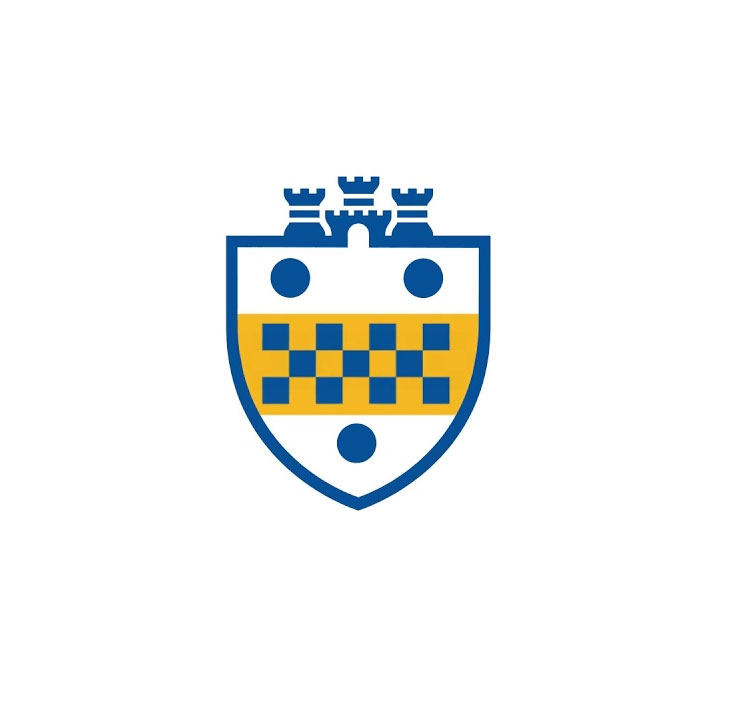John Wainwright
Trainee

John Wainwright
Faculty Mentor: Stephen Badylak
Update: Dr. John Wainwright is currently employed as the Director of R&D at Medtronic. Previously, he was a UPMC Artificial Heart Engineer and a senior Engineer at Carmell Therapeutics, where he developed new products and processes for platelet rich plastics.
Research: Mr. Wainwright's research focuses on the use of organ specific extracellular matrix for cardiac repair. There are approximately 1,200,000 new and recurrent myocardial infarctions per year. Many of the patients that survive later develop heart failure resulting in a weakened and enlarged heart. The Dor procedure, which reduces ventricular size using an endocardial patch, is a surgical approach to the restoration of more normal myocardial function. Usually, the patch is composed of synthetic materials, but recently porcine urinary bladder matrix (UBM) biological scaffold has remodeled into tissue that contributed to regional function. Being the ECM of each tissue is synthesized by the resident cells and is in a state of dynamic equilibrium in response to environmental cues, convincing arguments can be made for the advantages of tissue specific ECM scaffolds. Cardiac-ECM (C-ECM) obtained from the whole heart that maintains much of the three dimensional structure, strength, and tissue specific composition would have distinct cardiac reconstruction advantages over Dacron(tm) patches for congenital heart defect reconstruction. Specific aims of the research project: (1) To decellularize an intact heart and characterize composition, microstructure, and mechanical properties; (2) To determine the ability of C-ECM to support proliferation of endothelial cells and myoblast cells and viability of cardiomyocyte; and (3) To compare the ability of a 6 mm C-ECM patch and Dacron patch in a rat model to reconstruct the Right Ventricle Outflow Tract (RVOT). Results so far have been very promising: (1) Entire porcine heart could be decellularized within 10 hrs leaving much of the 3D structure intact. (2) The C-ECM biologic scaffold maintained mechanical integrity as shown by the ball burst test and was not cytotoxic to cell types required for constructive cardiac remodeling. (3) RVOT patches were examined using immunohistochemical and echocardiographic techniques.
Publications:
- Wainwright JM, Patel U, Czajka C, Freytes DO, Tobita K, Gilbert T, Badylak SF. "Preparation of cardiac extracellular matrix from an intact porcine heart". Tissue Engineering Part C Methods2009(): , 2009
- Wainwright JM, Hashizume R, Fujimoto K, Pesyna C, Wagner W, Tobita K, Gilbert TW, Badylak SF. "Organ specific biological scaffold for ventricular remodeling". Circulation2010(): , 2010
